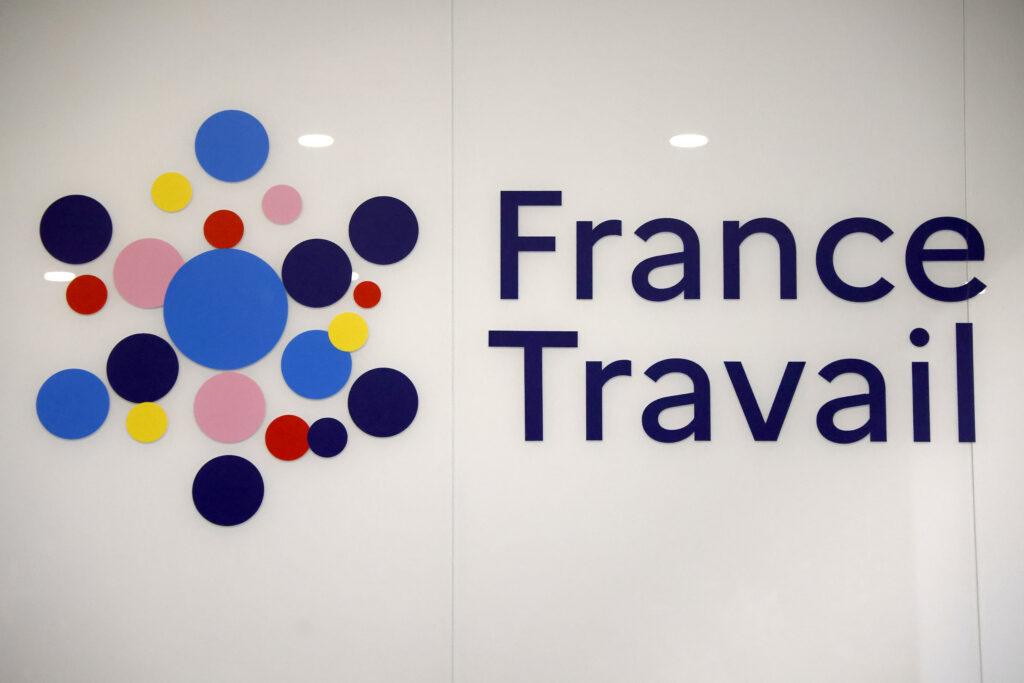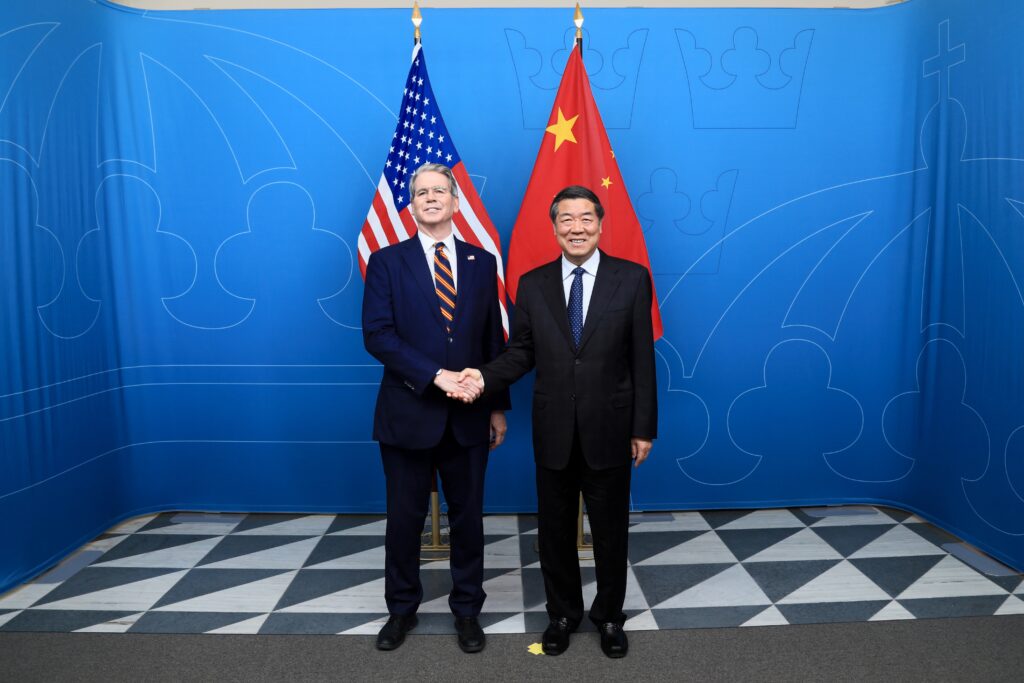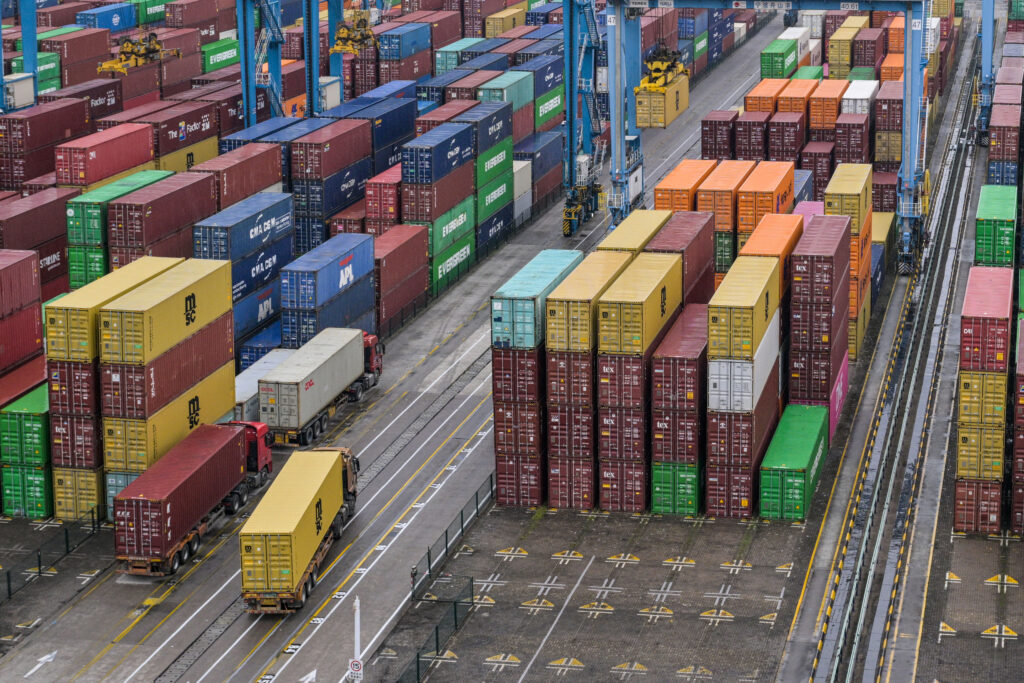Chômage: une légère hausse au 2e trimestre
Des statistiques toujours chamboulées par des changements récents, mais pas de renversement de tendance: le nombre de chômeurs inscrits à France Travail en catégorie A (sans activité) a continué d’augmenter au deuxième trimestre en France (hors Mayotte) avec une légère hausse de 0,2%.Dans un contexte économique tendu, et alors que l’exécutif plaide qu'”il faut travailler plus” pour améliorer les finances publiques, les principaux organismes économiques s’attendent à une légère remontée du chômage d’ici la fin de l’année.Les chiffres des inscrits à France Travail sont chamboulés depuis janvier, notamment en raison de la loi pour le plein emploi, avec l’inscription automatique sur les listes des bénéficiaires du RSA.Au deuxième trimestre, avec les indicateurs habituels, le nombre d’inscrits en catégorie A a ainsi baissé de 5,7% à 3,2 millions de personnes, selon les chiffres publiés mardi par le service statistique du ministère du Travail (Dares). Mais pour avoir un meilleur reflet de “la situation conjoncturelle du marché du travail”, il faut retrancher trois effets, selon la Dares.Outre l’inscription des bénéficiaires du RSA, il s’agit des changements de règles d’actualisation – un temps automatique pour certains nouveaux inscrits – et d’un décret instaurant un nouveau régime de sanctions en cas de manquements.Une fois ces effets neutralisés, l’évolution du nombre d’inscrits en catégorie A, s’affiche en hausse de 0,2% sur un trimestre, selon la Dares.Au trimestre précédent, la catégorie A avait enregistré une hausse de 0,8% hors inscription des bénéficiaires du RSA et de l’évolution des règles d’actualisation.Toujours en neutralisant les différents effets, pour l’ensemble des catégories A, B, C incluant l’activité réduite, le nombre de demandeurs d’emplois progresse de 0,9% au deuxième trimestre.- “Retour rapide” -Ces chiffres sont publiés alors qu’une nouvelle réforme de l’assurance chômage se profile avec, parmi les objectifs affichés, celui de “favoriser le retour rapide en emploi”. Le gouvernement doit envoyer d’ici au début de la semaine prochaine aux partenaires sociaux la “lettre de cadrage” posant les bases de la négociation.Le Premier ministre François Bayrou a souhaité le 15 juillet que syndicats et patronat engagent de telles négociations sur l’assurance chômage et sur le droit du travail (notamment la suppression de deux jours fériés).Pour l’assurance chômage, il s’agit, a expliqué la ministre du Travail Astrid Panosyan-Bouvet, d’affiner “l’éligibilité” (les conditions d’ouverture de droits), “la durée maximale d’indemnisation” et les “conditions d’indemnisation des ruptures conventionnelles”, objets de “beaucoup d’abus”.Le gouvernement avait justifié sa décision par la “dégradation” de la trajectoire financière de l’Unédic, qui gère le régime d’assurance chômage, un taux de chômage qui “reste stable” et la persistance d’emplois non pourvus.Mais cette nouvelle réforme intervient alors que les partenaires sociaux ont conclu un accord en novembre 2024, avec de nouvelles règles pour quatre ans, entrées en vigueur pour la plupart au 1er avril de cette année.Les syndicats ont donc accueilli avec colère l’annonce de ce nouveau tour de vis, qualifié de “carnage total pour les demandeurs d’emploi” par la numéro un de la CFDT Marylise Léon. Elle a pointé un volume d’économies “qui n’a jamais été fait” avec “entre 3 et 4 milliards en année pleine” une fois tous les dispositifs entrés en vigueur.Les organisations syndicales ont lancé collectivement une pétition pour dire “non au budget Bayrou”, qui récoltait quelque 275.000 signatures mardi et une plateforme de “décodage” des mesures annoncées. Sur l’assurance chômage, cette plateforme dénonce une “nouvelle baisse drastique” des droits avec des mesures sous-tendues “par l’idée dogmatique que les personnes au chômage sont toutes des fainéantes et qu’elles doivent reprendre au plus vite n’importe quel emploi, même précaire”.Reste donc à savoir si ces négociations aboutiront, ou même si elles auront lieu. Faute de quoi, le gouvernement reprendra la main et imposera ses règles.



